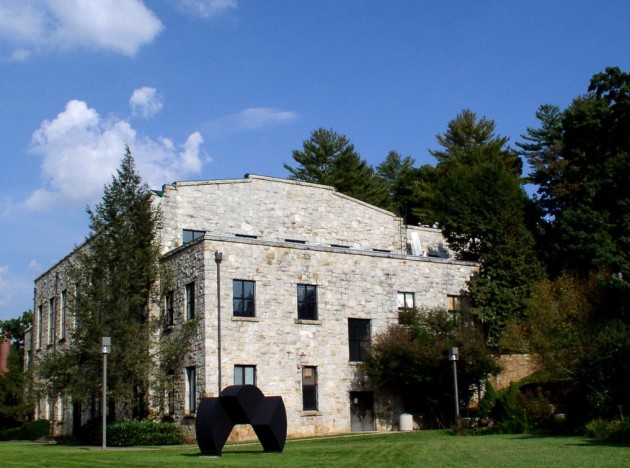
What was originally used as an academic building, Breese is now a deserted cement block on a slope of Western Carolina’s grounds. Housed inside is a large pool and a used dance studio, but the pool is facing permanent closure as funds cannot be found for repairs.
Such repairs include six major reconstructions such as a plaster redo on the basin of the pool, replacing the filter system and backwash catch basin, and other costly maintenance.
Most of these problems are from not complete disrepair but because they are no longer up to standard with modern codes since the building was originally built in 1939. Since then, safety and regulation codes have upgraded but the building has not. With an economic situation and budget cuts, the building might never get that upgrade and instead may no longer be a part of Western’s campus.
Could funding be found? According to Joe Walker, Associate Vice Chancellor of Facilities Management, if there is funding it would come from “future designated set-aside Repair and Renovation (R&R) dollars, shared community funding, or other designated funds.” As of yet, there is not even a portion of this money available. Even if it was available, other projects take first priority over Breese pool management.
“In 2009, the total Capital Renewal Need for WCU was calculated at $108,725,775,” said Walker. “This is the estimated amount currently required over and above facility maintenance operating budget expenditures to sustain or return the campus physical plant to a reliable operating condition for its present use… Our current six-year plan includes $40,876,836 in R&R projects. The Breese pool repairs are not included in this list. The current list identifies much more critical items, such as roof replacements, ADA improvements, fire safety needs, energy efficiency projects, and critical infrastructure needs to keep the campus operating.”
However, the pool is in limbo. WCU cannot just go in and drain the pool. Walker continued to say that the pool is still filled with water and draining would lead to “some safety and operational concerns.” The location of the water table is unknown and if they emptied the pool, connecting pipes and even the structure of Breese building itself could be damaged leading to more unimaginable costs.
“With the present condition, if no water were present, the plaster would break away and continue to fall apart,” said Walker.
Walker continues to remain positive about the situation.
“An alternative would be to weigh the cost of filling the pool in and converting the space into alternative program space versus the cost to renovate the pool.”
The decision falls in the lap of the Chancellor of Western Carolina. Chancellor John Bardo side-stepped the question of whether he was leaning towards closing the pool permanently or removing the building.
“I do not see funding being available to repair the pool in the future. We will continue to use the upper level of Breese for dance.”
Breese is not the only building in disrepair and unused. Graham is also on the list of buildings idly sitting around campus. Moore could also land on the list, according to Bardo, because when the new health building is ready, funds to continue modernizing Moore might also be unavailable.
“If it (Moore) is not usable in its current condition, it may have to be closed until funds are available,” Bardo said.
This is not a Western Carolina problem, but rather a statewide problem; budget cuts are slashing through everyone’s pie charts and bar graphs of budget plans for all state-owned facilities, such as high schools and libraries.
“These are very difficult financial times in the state,” Bardo explained. “R&R money is limited as is money for additional state-funded new construction projects (such as the planned education building). I suspect other campuses are experiencing the same types of issues with older buildings and that this issue is not unique to WCU.”
For now, Breese will stay as an upper floor dance studio. The pool’s fate will remain uncertain as will the fates of other campus buildings until this belt-tightening financial crisis has subsided.






